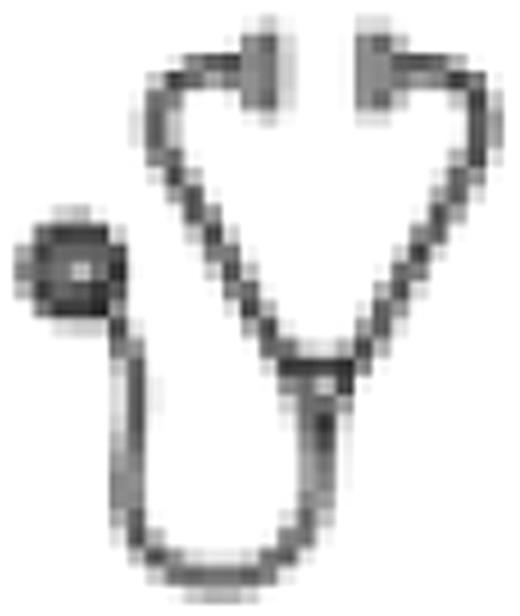Abstract
Abstract 1694
In acute promyelocytic leukemia (APL) the t(15;17) is detectable in the vast majority of cases and leads to the fusion transcript PML-RARα. The introduction of all-trans-retinoic acid (ATRA) and arsenic trioxide (ATO) into therapeutic management of APL resulted in long term remissions in about 80% of patients. However, relapse occurs in about 10–15% of cases and remains a major cause of treatment failure. The Wilms Tumor 1 gene (WT1) encodes for a transcription factor that is involved in normal and malignant hematopoiesis. Aberrant expression of WT1 has been shown to be associated with an adverse outcome in different types of hematological malignancies such as acute myeloid leukemia, acute lymphoblastic leukemia and myelodysplastic syndromes. To date only small series exist on aberrant WT1 expression in APL. Therefore, the aim of this study was to further elucidate the incidence of aberrant WT1 expression in APL and its prognostic significance for clinical endpoints.
Bone marrow (BM) mononuclear cells were retrospectively evaluated in 89 APL patients (53 female, 36 male) and 21 healthy controls (15 female, 6 male) after informed consent. The median age of APL patients and healthy controls was 46 (range: 19–82 years) and 60 years (range: 21–84 years), respectively. All patients were diagnosed and treated in the German AML Cooperative Group (AMLCG) study. The treatment consisted of simultaneous ATRA and double induction (TAD/HAM) chemotherapy including high-dose ara-C, one cycle of consolidation chemotherapy (TAD) and 3 years monthly maintenance chemotherapy. BM cells were analyzed by multiplex reverse transcriptase quantitative real-time PCR (qRT-PCR) in triplicates on a LightCycler 480 (Roche, Mannheim, Germany). Beta–glucuronidase (GUS) served as a housekeeping gene for normalization. For quantification of relative expression values a modified delta-delta CT calculation model according to Pfaffl was used (Pfaffl MW, Nucleic Acids Res, 2001) after determination of PCR efficiencies. WT1 expression groups were defined as follows: WT1 expression higher than the 75th percentile (WT1high) and WT1 expression lower than the 25th percentile (WT1low). Time to complete remission, disease free survival (DFS) and overall survival (OS) were calculated using the Kaplan-Meier method and a log-rank test was used to compare differences between the groups (p < 0.05).
Normalized WT1 expression was significantly higher in APL samples (median: 0.1129, range: 0.00001–1.414) as compared to normal controls (median: 0.00135, range: 0.00001–0.01105) (p=0.0011). WT1high was not significantly associated with high white blood cell counts (WBC). In univariate analysis time to complete remission was significantly shorter in patients showing high WT1 expression as compared to patients with low WT1 expression (47 days vs. 58 days, p=0.0051). However, this did not translate into a longer DFS or OS. In contrast, there was a trend toward an impaired DFS and OS in the WT1high group. Interestingly, analyzing deaths prior to complete remission WT1high was significantly associated with early death as compared to the WT1low group (median 6 days vs. 17 days, p=0.0197).
WT1 is highly expressed in APL as compared to healthy controls but is not associated with increased WBC. WT1high was significantly associated with a shorter time to CR. Since WT1 plays a critical role in differentiation and survival in myeolopoiesis this finding might be due to a higher succeptibility of WT1high APL patients to ATRA induced differentiation as compared to the WT1low group. Moreover, in vitro studies have shown that in NB4 cells WT1 mRNA levels decrease upon treatment with ATRA, this provides further evidence that WT1 might be an additional target for ATRA in APL (Gu W, Haematologica, 2005). Interestingly, WT1high is significantly correlated with early death prior to CR achievement. We hypothezise that this might also be an effect of an increased toxicity of the ATRA based induction therapy in patients having high WT1 expression.
Lengfelder:Cephalon: Research Funding.

This icon denotes an abstract that is clinically relevant.
Author notes
Asterisk with author names denotes non-ASH members.

This feature is available to Subscribers Only
Sign In or Create an Account Close Modal